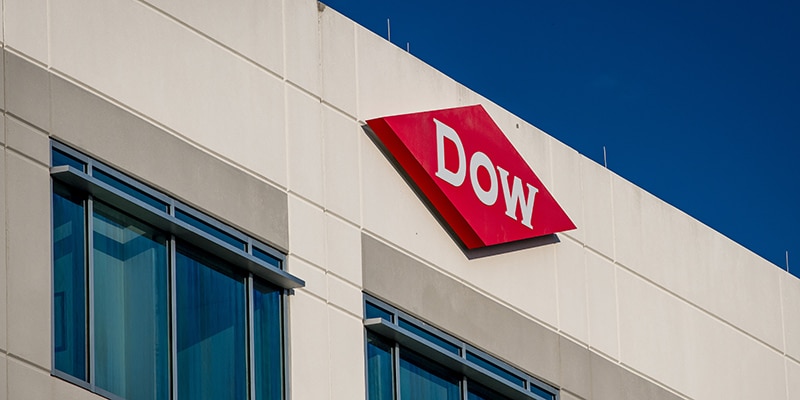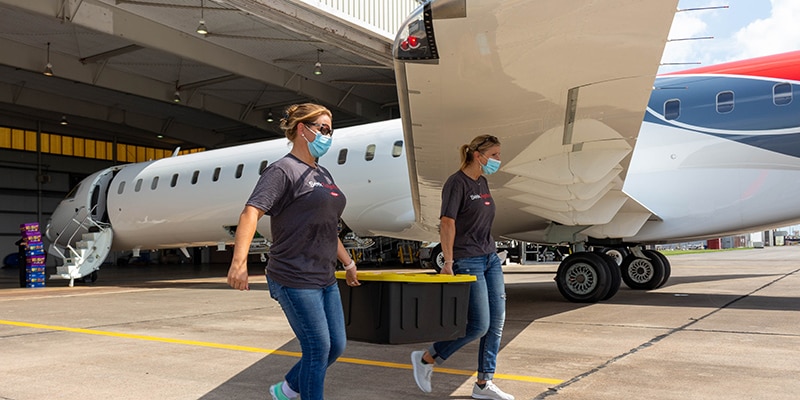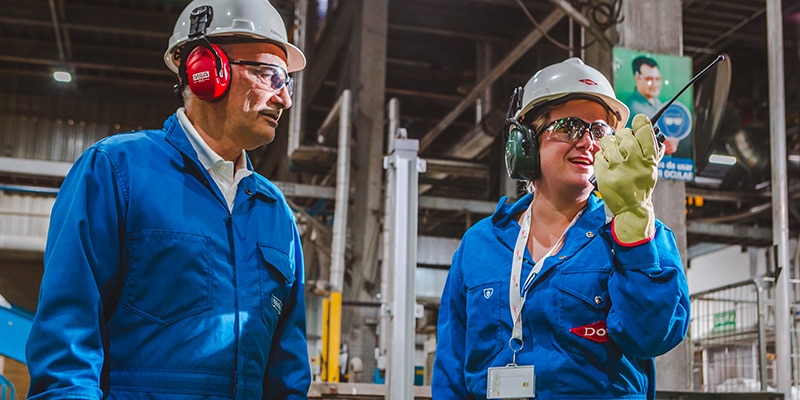(1920-1940)


Learn how we make the world a better place as Team Dow. Through respect and integrity, we lead with our core values and innovative spirit to create more sustainable materials science solutions for everyone.

Discover how we’re accelerating positive change around the world. From climate protection and creating safer materials to our focus on global citizenship and inclusion, diversity and equity, Team Dow is making a difference in the communities where we live and work.

Find the latest press releases, news updates, awards and achievements from Dow and stay connected on the impact we’re making in the world.

Explore key collaborations and why we make partnership our passion. Through initiatives and sponsorships, we can work together to create a more positive impact for all.

Team Dow makes us one of the most innovative, customer-centric, inclusive and sustainable materials science companies in the world. Find opportunities to join Dow in a capacity that works best for you.

A Shift to Organic Chemistry
A Strong Commitment to R&D
After World War I, H.H. Dow made it a priority to pursue research in the new area of organic chemistry. This was an era of incredible innovation for Dow, and much of the research done during the 1920s and 1930s laid the base of knowledge for product lines that remain key markets for Dow decades later. Products included a range of chemistries for the agricultural, pharmaceutical, water purification, energy and automotive industries.
In the depths of the Depression, Willard H. Dow expanded Dow research at a time when other companies cut back. Midland’s Physics Lab, headed by its brilliant director, John Grebe, was responsible for a long list of innovations, including automatic controls, DOWTHERM™ products, waste disposal bacteria, ethylene research, styrene, STYROFOAM™, PVC, Saran, ion exchange resins, polystyrene and Ethafoam. Learn more about John Grebe and Dow’s “Idea Factory.”
“The least one can do is to hope that the results of his work will be useful to mankind at some future date.”
– Edgar Britton, Dow’s director of organic research
1921 | Pistons made with Dowmetal magnesium are used in the winning Indianapolis 500 car. |
1928 | Styrene and Saran are developed. |
1929 | Dow hires its first woman researcher, Sylvia Stoesser. |
1930 | Dow founder H.H. Dow dies, and Willard H. Dow succeeds his father as president of Dow. |
1934 | The Ethyl-Dow plant begins the first commercial extraction of bromine from seawater. |
1935 | Dow enters the plastics business with the introduction of ETHOCEL™ ethylcellulose resins. |
1937 | Dow stock is listed for the first time on the New York Stock Exchange. |
1940 | Dow purchases land near Freeport, Texas, and begins to construct a plant. Today the Freeport site is the largest integrated chemical manufacturing complex in the Western Hemisphere. |
™Ethafoam is a trademark of Sealed Air Corporation